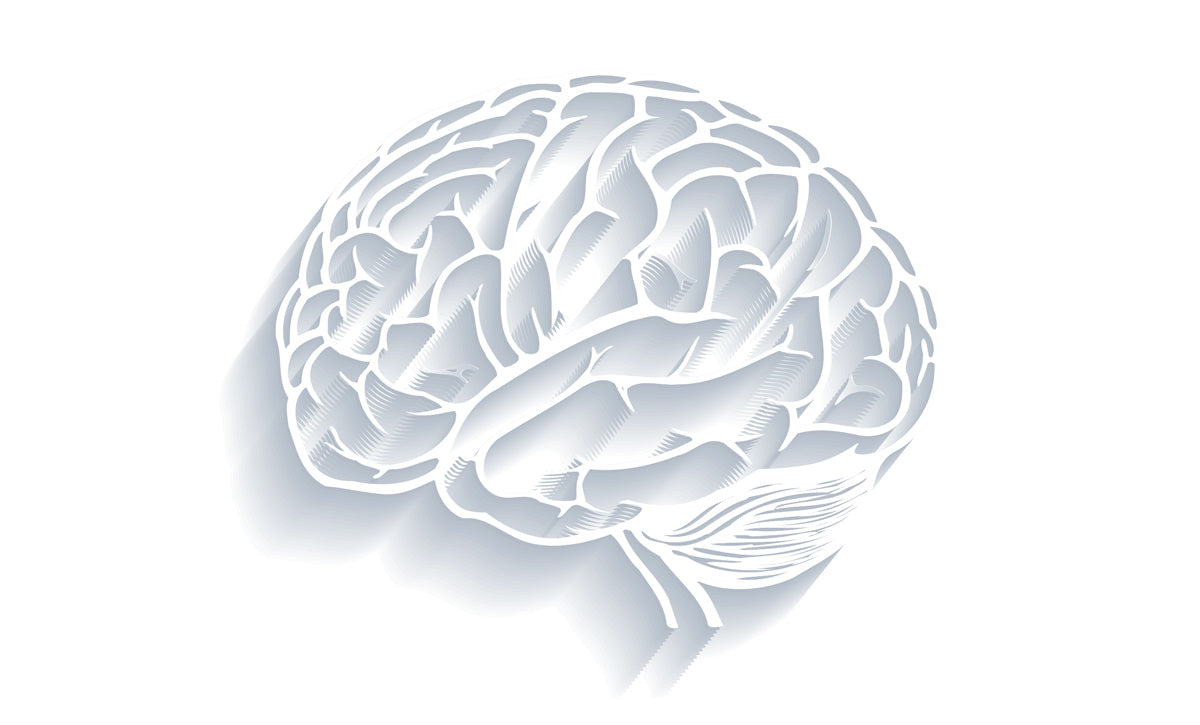Your cart is empty. Let's fix that!


Neuron - (also called a nerve cell) is a type of brain cell that receives, processes, and transmits information through electrical and chemical signals. These signals between neurons occur via specialized connections called synapses.
Cortex - (meaning "bark" in Latin) is the outer layer of the cerebrum (e.g., the cerebral cortex), composed of gray matter and playing an important role in consciousness.
Gray matter - the darker tissue of the brain and spinal cord, consisting mainly of neurons.
White matter - acts like a highway. It connects different parts of gray matter to each other via axons.
Frontal cortex - (also known as the prefrontal cortex (PFC)) is the cerebral cortex in the front part of the brain. This brain region is in charge of complex cognitive behavior, personality expression, decision making, and moderating social behavior.
Neurotransmitter - a chemical substance that is released at the end of a nerve fiber by the arrival of a nerve impulse and causes the transfer of the impulse to another nerve fiber, a muscle fiber, or some other structure.
Blood-brain barrier - a filtering mechanism of the capillaries that carry blood to the brain and spinal cord tissue, blocking the passage of certain substances.